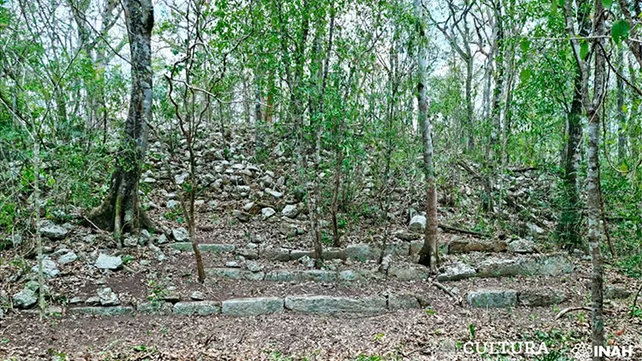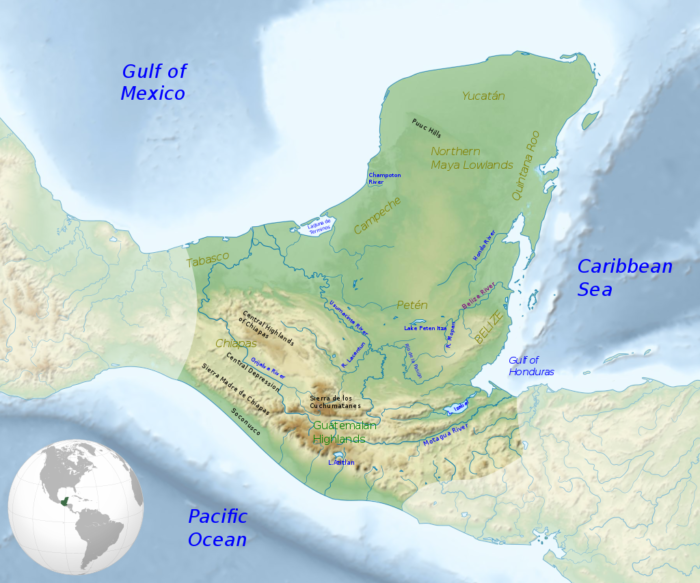Archeologists working in Mexico's Yucatan Peninsula have discovered a long, lost Mayan city.
So lost, that to everyone's knowledge, there is no record of it ever existing. So cool, it sounds like something right out of Indiana Jones!
The new discovery was made by a team led by Slovenian archeologist named Dr. Ivan Sprajc. He has been doing this for nearly 30 years and has already found the ruins of several Mayan cities, including Chactún, Lagunita, and Tamchén.
Because his latest discovery is completely unknown to current research, it has been given the name Ocomtún, which means "stone column" in Mayan. It is a spot that is full of plazas (open meeting spaces), 15 m (50 ft) tall pyramids, ringed structures, and, yes, stone columns!
Dating the material found on site, it was likely at its peak between 600 and 800 CE (that is about 1400 to 1200 years ago), and its origins could stretch back even earlier. It would've been a significant city at the time in Mayan culture.
And today, it helps to solve a major puzzle for explorers like Dr. Sprajc. Namely, they finally found a city where they long thought one had to exist!
We knew something was there

It might not look like much, but these steps were once part of the city. (Ivan Šprajc/INAH)
Ocomtún was found in the middle of the Balamkú Ecological Conservation Zone in southern Mexico. This was a place known as an archeological black hole to researchers in the area. Why?
Because studies proved that this 4,000 sq. km (1,500 sq. miles, almost the size of Prince Edward Island) area was deep within the Mayan empire. But not a single archeological site had been found.
It didn't make sense to experts like Sprajc, who were convinced that something had to be there. And now, he has found it.
After making the find on foot, he used technology called LIDAR (like a laser radar) to further map out the area, revealing a massive, sprawling city.
What happened to the Mayans

The Mayan civilization was found mainly on the Yucatan Peninsula in current Mexico. (Wikimedia Commons)
The discovery of Ocomtún is a major step in better understanding just what Mayan culture was like ... and how it ended.
Starting around 250 CE, the Mayans were the dominant culture in current Central America. They had grand buildings and cities, systems of writings and mathematics, and an incredible understanding of astronomy. They invented the world's first known ball game, were the first to make rubber, and probably invented chocolate, too!
Then around 1000 CE, this incredible society mysteriously collapsed. Why?
We honestly aren't sure. But Dr. Sprajc and others like him believe that every discovery like Ocomtún brings us one step closer to knowing why.
 A LIDAR (laser radar) image of the ruins of the recently discovered city called Ocomtún. (Ivan Šprajc/INAH)
A LIDAR (laser radar) image of the ruins of the recently discovered city called Ocomtún. (Ivan Šprajc/INAH)








